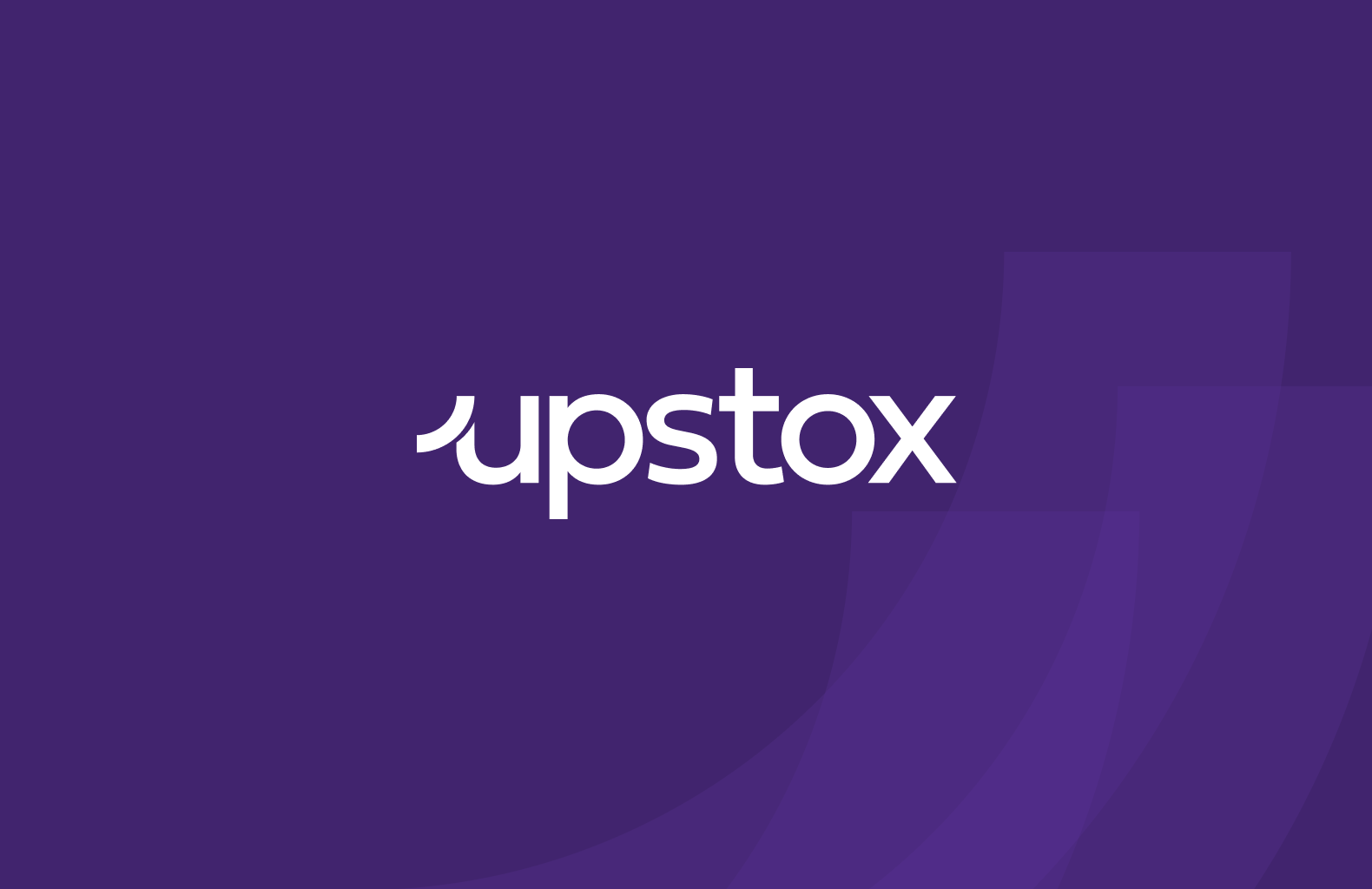Personal Finance News
Monthly Income Scheme for Investment

4 min read | Updated on January 17, 2024, 21:02 IST
SUMMARY
Monthly Income Plans (MIPs) are a popular investment option for individuals looking for a regular source of income that is relatively low-risk compared to other investment options. MIPs invest primarily in debt securities and a small portion in equity securities, which helps generate stable returns and diversify the investment portfolio. MIPs offer tax benefits to investors in the higher tax brackets and are a tax-efficient investment option for individuals seeking regular income and tax benefits. However, MIPs are subject to various risks - market, inflation, interest rate, and credit risk. Investors should choose the right MIP based on the fund manager's experience, asset allocation, expense ratio, historical performance, risk profile, dividend payout, exit load, and the fund house's reputation. Before investing in MIPs, investors should carefully read the Scheme Information Document (SID) and consult with their financial advisor to determine if MIPs suit their investment objectives and risk profile.
A special type of mutual fund plan called a Monthly Income Plan (MIP) is designed to give investors a consistent monthly income stream. MIPs are a popular investment option for individuals looking for a regular source of income that is relatively low-risk compared to other investment options. This article discusses the key features of MIPs, their benefits and risks, and how investors can choose the right MIP to suit their investment goals.
Mutual fund plans called Monthly Income Plans (MIPs) invest mainly in debt securities and a small amount in equity assets. MIPs allocate 70–90% of their portfolio to debt assets such as bonds, treasury bills, and corporate debt obligations. Stocks, equity mutual funds, and equity-linked savings plans make up the remaining 10–30% of investments in equity-related products (ELSS). MIPs are intended to provide investors with a consistent monthly income by making investments in a portfolio of debt and equity securities.
- Regular Income: MIPs are designed to provide a regular income stream to investors. This is an important benefit for individuals who are looking for a steady income source to support their living expenses.
- Diversification: MIPs invest in a mix of debt and equity securities, which helps to diversify the investment portfolio. This reduces the overall risk of the investment and to generate stable returns.
- Low-Risk: MIPs invest a large portion of their portfolio in debt securities, which are generally considered to be less risky than equity securities. This makes MIPs a low-risk investment option compared to other equity-oriented mutual fund schemes.
- Tax Efficiency: MIPs can be tax-efficient for investors in the higher tax brackets. Dividend income received from MIPs is tax-free up to a certain limit. This makes MIPs a tax-efficient investment option for individuals who are looking for regular income and tax benefits.
- Market Risks: Although MIPs are considered a low-risk investment option, they are still subject to market risks. The value of the portfolio may fluctuate depending on the performance of the equity and debt markets.
- Interest Rate Risks: MIPs are primarily invested in debt securities, which are privy to changes in interest rates. If interest rates rise, then the value of the debt securities in the portfolio may fall, leading to a decline in the overall value of that portfolio.
- Credit Risks: MIPs invest in debt securities issued by companies and governments. There is always a risk that the issuer may default on its debt obligations, resulting in a decline in the value of the securities and the overall portfolio.
- Inflation Risks: MIPs may not provide investors with sufficient returns to keep pace with inflation. This can lead to a decline in the real valuation of the investment over time.
- Fund Manager Experience: It is important to look for a fund manager who has a good track record of managing MIPs. The fund manager should have experience in managing a diversified portfolio of debt and equity securities.
- Asset Allocation: Look for MIPs that have a balanced asset allocation between debt and equity securities. A well-diversified portfolio can help reduce the overall risk of the investment. 3.Expense Ratio: It is important to look for MIPs that have a low expense ratio. A lower expense ratio can help generate higher returns for investors. 4.Historical Performance: It is important to look at the historical performance of the MIP before investing. Look for MIPs that have consistently generated stable returns over a period of time. However, past performance is no guarantee of future performance, and investors should not rely solely on past performance when making investment decisions. 5.Risk Profile: MIPs have different risk profiles, and it is important to choose an MIP that aligns with your risk tolerance. MIPs with a higher allocation to equity securities may have higher returns, but they also come with higher risk. On the other hand, MIPs with a higher allocation to debt securities may have lower returns, but they also have lower risk. 6.Dividend Payout: MIPs offer two dividend payouts options – monthly and quarterly. Choose the payout option that suits your income needs. 7.Exit Load: MIPs may have an exit load, which is a fee charged to investors if they redeem their units before a certain date. Look for MIPs with a low or no exit load. 8.Fund House Reputation: It is important to look for MIPs that are managed by reputable fund houses that have a good track record of managing mutual funds.
About The Author
Next Story

